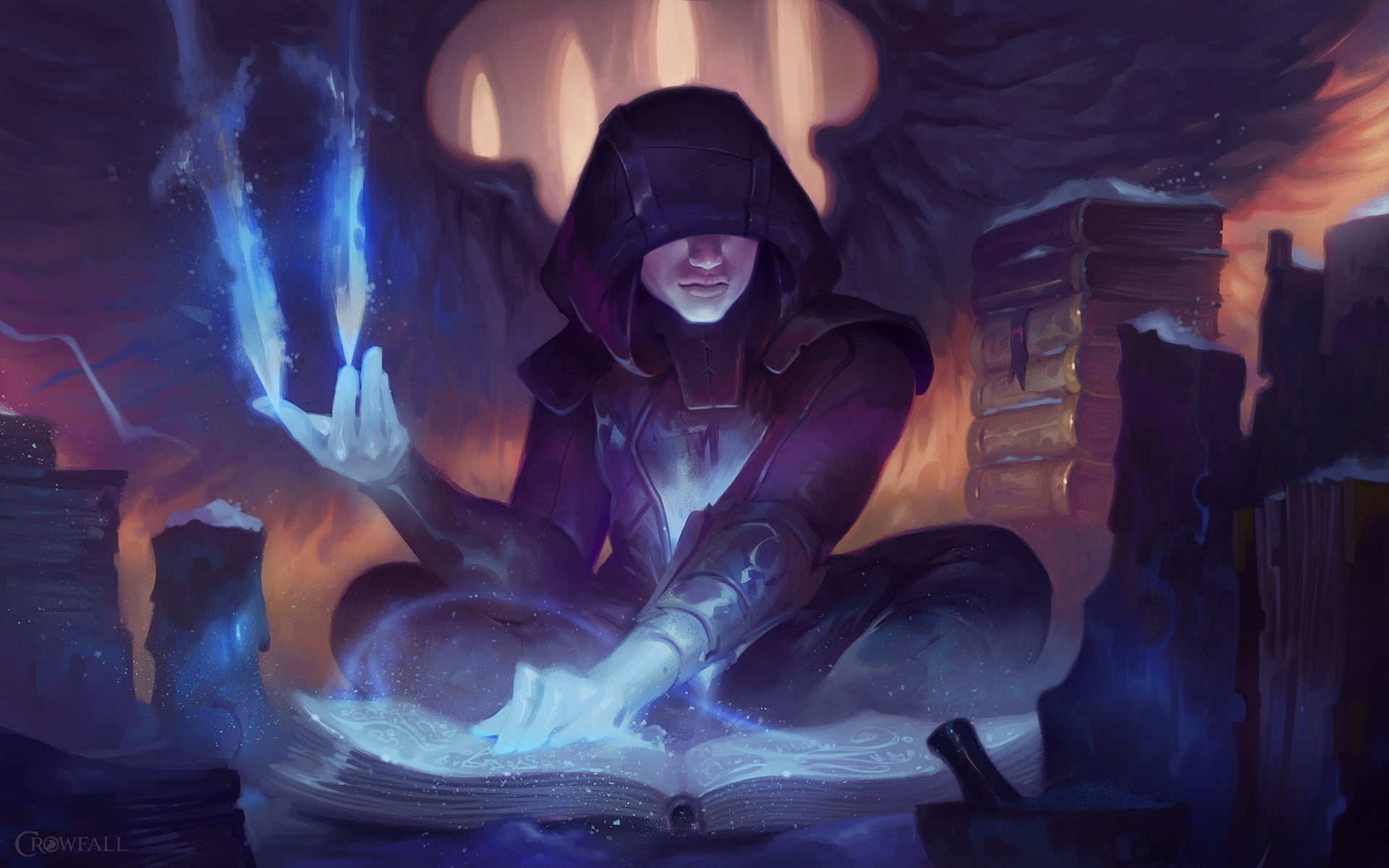The language that giants share is one of the few remnants from their once-grand empire. Over time it has fragmented into many dialects, and each type has its own distinctive accent, but giants of different types can generally understand one another.
Any non-giant who learns the Giant language can converse with all types of giants, but giants sometimes have a hard time hearing the tiny voices of human-sized creatures, and some vowel sounds emitted by giants are nearly impossible to reproduce for any creature that doesn’t have lungs as large as beer barrels.
Runes and Tale Carvings
For much of their written communication, giants use a modified version of the runic letterforms claimed by the dwarves as their own. This alphabet is used widely today. That giants were first in the world and thus the creators of the script is a fact that giants take for granted but which dwarves hotly dispute.
Many giants are illiterate or nearly so — particularly hill, frost, and fire giants, which place little value on learning. Instead of writing stories with words, they typically tell their tales with pictograms etched in wood, ice, stone, or even earth, in the case of hill giants. These “tale carvings” relate legends or the stories of important events or meetings in the manner of highly sophisticated cave paintings. Often they employ aspects of legends about the giant pantheon. For example, a head floating above the shoulders of another giant indicates that the giant was a liar or a deceiver. Such symbols and visual allegories are well understood by giants, but they can be indecipherable to viewers who aren’t steeped in the giants’ mythology. Most non-giants find a tale carving as unintelligible as giants would find poetry written in Elvish.
Signification of words
Maat and Maug
Two words have special significance in the Giant language and the giants’ worldview. Neither one of them translates directly into Common or any other language, because their definitions encompass several related concepts. Maat (pronounced mott) is the term giants use to describe ideas, behaviors, creatures, and objects that they consider good, holy, honorable, or desirable. Maug (pronounced mog) is the counterpart term, embodying what other languages call evil, unholy, dishonorable, or undesirable.
Individual giants aren’t necessarily thought of as maat or maug by their kin. What matters isn’t a giant’s personal philosophy but its standing within the ordning, which is influenced by behavior and attitude but also by a host of other factors. Every individual commits both maat and maug acts, and rises or falls in the ordning as a consequence. A giant isn’t judged by other giants on the basis of whether what it did was inherently good or evil, but on whether its actions enhanced or diminished the qualities giants admire — the “giantness,” if you will — in themselves and their clans.
A storm giant, for example, might see the raiding practices of hill giants as distasteful but not maug, because brutal raiding is an inborn trait of the hill giants. If those same hill giants worshiped Yeenoghu, however, that act would represent a flagrant turning away from the traditions of the ordning. Hill giants who choose that path make themselves maug.
Non-giants are considered maug out of hand and must usually prove themselves maat to gain a giant’s respect.
Rod and Kvit
rod and kvit. Rod (“red”) usually references living creatures, either livestock or slaves, or can be a used to talk about blood. Kvit refers to material goods, steel, gems etc...




Comments